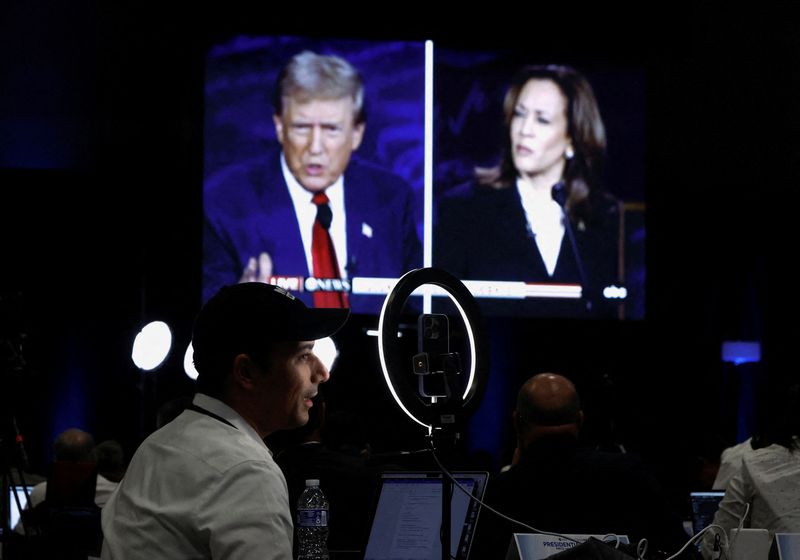Broadcom named strategic vendor for Walmart virtualization solutions
Platforms of both U.S. presidential candidates Donald Trump and Kamala Harris are negative for US equities, especially in a “sweep” scenario, Citi strategists said in a note released Sunday.
According to the report, Harris's policies are expected to be incrementally more harmful than Trump's, though both candidates’ platforms could present significant challenges.
Citi's baseline projections indicate that under a Trump "sweep" scenario—where the former president wins the election and Republicans gain control of both houses of Congress—the S&P 500’s fair value could decline by 0% to 4%.
In contrast, a Harris "sweep," in which Democrats control both the White House and Congress, could lead to a more pronounced drop of 3% to 6% in the index’s fair value.
One of the key differentiators between the two platforms is tax policy. Harris’s proposal to raise corporate taxes from 21% to 28% would likely exert significant downward pressure on corporate earnings, directly impacting stock prices. Citi estimates this tax hike would contribute to a 6% reduction in S&P 500 earnings per share by 2026.
By comparison, Trump’s platform of extending the Tax Cuts and Jobs Act (TCJA) and reducing corporate taxes from 21% to 15% would help maintain the current corporate tax structure, though it may slightly worsen the federal deficit.
Both platforms also include elements that contribute to deficit concerns. Trump's plans, including the extension of the TCJA and a new set of tariffs, would add an estimated $4-5 trillion to the deficit over the next decade. Harris’s platform, with its tax credits and expanded social programs, is expected to have a smaller but still significant deficit impact of around $1.5-2 trillion.
On tariffs, Trump’s proposed 10% baseline tariff on all imports and a 60% tariff on Chinese imports could harm U.S. companies by raising costs and disrupting supply chains. Citi points out that these tariffs would lead to higher prices for consumers and squeezed profit margins for companies reliant on foreign goods, further weighing on the market.
In a "split Congress" scenario, Citi suggests that most major risks to the S&P 500 would be mitigated. Legislative gridlock would likely limit the scope and impact of any policy changes, leaving the market relatively unscathed.
“Of course, as we move past the election, there may be more clarity as to incremental policy change,” Citi strategists explain.
“Addressing federal spending continues to lurk in the background. Ongoing fiscal stimulus seems likely for now, but is more difficult to directly translate into index level fundamentals.”
Overall, while both candidates' platforms may present headwinds for the stock market, broader macroeconomic factors like interest rates, Federal Reserve policies, and AI tailwinds will remain the primary drivers for equities.
Still, investors should keep a close eye on the election landscape as it poses a potential "tail risk" to market performance.
